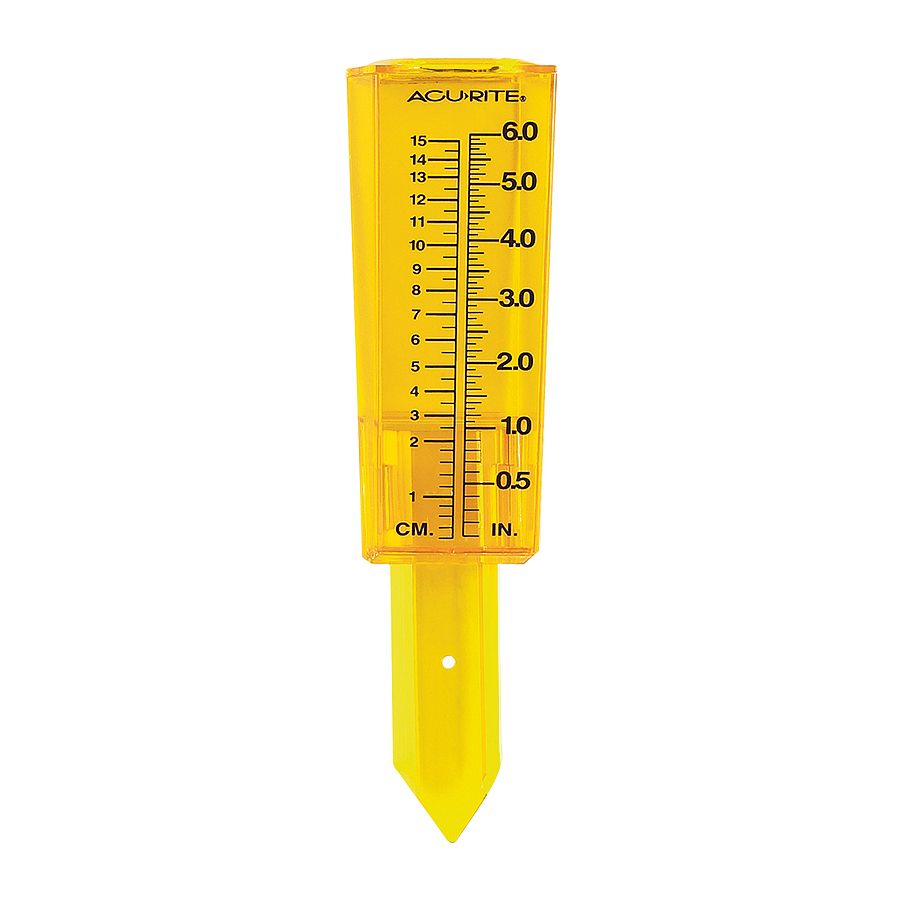Understanding The Rain Gauge: Importance, Types, and Usage Explained
Understanding The Rain Gauge: Importance, Types, and Usage Explained
Blog Article
Do It Yourself Rain Scale: Easy Actions to Make Your Own
Creating your own Do it yourself rain gauge is a straightforward and effective method to tape and gauge rainfall. With just a couple of usual products and some basic steps, you can quickly construct your own rain scale at home. Let's obtain started on making your DIY rain scale today!
Gather Materials
To start building your do it yourself rainfall scale, collect all the required materials making use of a comprehensive checklist of products. Having the right materials available will make sure the successful development of your rainfall gauge and allow for precise measurements of rains. You will need a clear plastic container or cylinder, such as a plastic bottle or jar. Ensure the container is transparent so that you can easily see the water level inside. Next off, you will certainly need a ruler or measuring tape to mark the increments on the container. This will certainly allow you to gauge the quantity of rainfall accurately. Additionally, you will certainly require a long-term marker or waterproof tape to note the dimensions on the container. When revealed to rainfall, this will ensure that the markings continue to be noticeable even. Finally, you will certainly need a sturdy base or risk to safely hold your rain scale in location. This can be a wooden or steel stake that can be inserted right into the ground or a durable level surface area to offer security. Gathering these products in advance will enhance the building process and make sure that you have everything you require to create your very own DIY rainfall gauge.
Prepare the Container

Mark the Measurement Increments
To accurately measure the amount of rainfall, accurately marking the measurement increments on your DIY rain gauge is crucial. Without precise and clear markings, it would certainly be tough to identify the exact quantity of rainfall collected in your rainfall gauge. Here are the actions to mark the dimension increments on your rainfall gauge.
First, determine on the system of measurement that you desire to utilize. One of the most typical units for measuring rains are inches and millimeters. Utilize a permanent pen or waterproof paint to note the increments on the side of your rain scale when you have chosen the system. For inches, you can mark every her explanation quarter inch or every fifty percent inch, depending on your preference. For millimeters, you can note every 10 millimeters or every 20 millimeters.
When noting the increments, it is crucial to ensure that they are uniformly spaced and plainly noticeable. Utilize a ruler or determining tape to guarantee accuracy and consistency. In addition, ensure that the markings are resistant to fading or useful reference massaging off, as exposure to the components may create them to weaken gradually.
Place the Rainfall Scale Outdoors
The rainfall gauge must be positioned outdoors to properly gather rains data. The area chosen for the rain scale need to be open and free from any obstructions that could potentially influence the dimension of rains. The Rain Gauge.
Furthermore, it is critical to place the rain gauge on a stable surface area, such as a degree ground or a strong article. This will avoid any activity or tilting of the scale, which can cause incorrect measurements. It is additionally suggested to stay clear of putting the gauge near any sources of artificial water, such as lawn sprinklers or water drainage systems, as this can disrupt the accuracy of the dimensions.
Screen and Record Rain Information
Routine monitoring and recording of rains information is vital for accurate information evaluation and interpretation. By monitoring rains measurements, you can gain beneficial understandings into climate patterns, climate trends, and water resource management. To effectively monitor and record rains information, it is essential to develop a routine and preserve consistent methods.
Firstly, make certain that your rain scale is positioned in an open location away from obstacles such as trees or structures that may block rainfall. Furthermore, make sure the rainfall scale is degree and securely secured to stop any type of movement that can impact the precision of the measurements.

When taping the rainfall information, it is very important to keep in mind the date and time of each dimension. Use a ruler or a gauging stay with figure out the rains depth in the rainfall gauge, and document this info accurately.
To make sure the precision of the measurements, it is suggested to empty the rainfall gauge after each recording. This will stop any overflow or evaporation from influencing succeeding dimensions.
Conclusion
To conclude, producing a DIY rain gauge is a straightforward and practical way to monitor and record rains information (The Rain Gauge). By adhering to the actions described in this short article, you can easily gather materials, prepare the container, note the dimension increments, and put the rain scale outdoors. Routinely keeping track of and recording rains information can supply valuable details for numerous functions
Having the right products on hand will make certain the successful creation of your rainfall scale and allow for exact dimensions of rainfall.To properly determine the amount of rainfall, properly noting the dimension increments explanation on your Do it yourself rainfall scale is necessary.The rain scale must be positioned outdoors to accurately collect rains information. The area chosen for the rain scale need to be free and open from any type of blockages that could potentially affect the dimension of rains.In conclusion, developing a DIY rain gauge is a basic and practical method to keep an eye on and record rainfall data.
Report this page